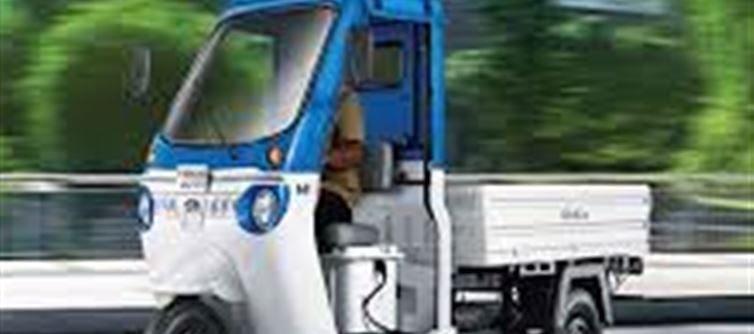
India’s electric mobility space is buzzing with innovations, but this new Made-in-India electric 3-wheeler takes things a step further. Unlike your regular auto-rickshaw, it looks and feels more like a mini car, complete with a steering wheel and seating for six passengers plus the driver. Here are seven standout features you should know.
1. More Than Just an Auto
Traditional three-wheelers are cramped and basic. This EV is designed like a compact MPV on three wheels, blending the affordability of a rickshaw with the comfort of a small family car.
2. Spacious Seating for 6 + Driver
The biggest highlight is its capacity. With seating for six passengers and a driver, this electric 3-wheeler can serve as a people-mover for urban commutes, school runs, or even shuttle services.
3. Steering Wheel Instead of Handlebar
Unlike conventional autos that use a handlebar, this model comes with a proper steering wheel, making it easier to handle and giving it a car-like driving experience.
4. Eco-Friendly & Cost-Effective
Powered by electricity, it produces zero tailpipe emissions and costs significantly less to run compared to petrol or diesel vehicles. This makes it a sustainable option for both drivers and passengers.
5. Designed for Urban Roads
Compact in size yet roomy inside, the vehicle is perfect for crowded indian cities. Its turning radius and light steering ensure smooth navigation through tight lanes and traffic.
6. Potential for Shared Mobility
Given its passenger capacity, the EV can be a game-changer for shared mobility platforms. Imagine ride-hailing services or last-mile connectivity with comfort and lower fares.
7. Boost to Made-in-India Innovation
Built in India, this vehicle showcases the growing domestic EV manufacturing ecosystem. It’s a step forward in reducing dependence on imports and promoting homegrown technology.
✅ Final Word
This electric 3-wheeler redefines what an auto can be. With its car-like design, seating for seven, eco-friendly drive, and urban-friendly practicality, it could be a smart solution for India’s ever-growing transportation needs. Whether for families, schools, or ride-hailing services, this innovation proves that India’s EV future isn’t just about cars and bikes — it’s about reinventing the rickshaw too.
Disclaimer:
The views and opinions expressed in this article are those of the author and do not necessarily reflect the official policy or position of any agency, organization, employer, or company. All information provided is for general informational purposes only. While every effort has been made to ensure accuracy, we make no representations or warranties of any kind, express or implied, about the completeness, reliability, or suitability of the information contained herein. Readers are advised to verify facts and seek professional advice where necessary. Any reliance placed on such information is strictly at the reader’s own risk..jpg)




 click and follow Indiaherald WhatsApp channel
click and follow Indiaherald WhatsApp channel